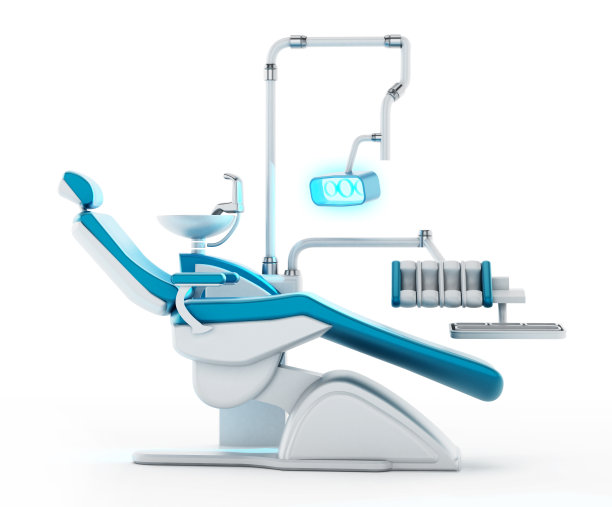Essential Safety Measures and Considerations for a Successful Root Canal Treatment Experience
Summary: Root canal treatment can often seem daunting to patients, yet understanding the essential safety measures and considerations can significantly enhance the experience. This article delves into key aspects such as thorough diagnosis and treatment planning, ensuring appropriate patient comfort and anxiety management, employing advanced technology and tools, and considering post-treatment care and follow-ups. These elements are crucial in ensuring that the treatment process is effective, comfortable, and produces long-term results. By exploring each area, patients can gain confidence and understanding, leading to a positive root canal experience.
1. Thorough Diagnosis and Treatment Planning

Before any root canal procedure, a comprehensive diagnosis is essential. This includes a detailed dental examination and, often, imaging techniques such as X-rays. These diagnostic tools allow dentists to accurately pinpoint the infections extent and assess the tooths conditions. By thoroughly understanding the issue, dentists can tailor a specific treatment plan suited to the patients needs.
Furthermore, effective treatment planning may involve consultations with specialists if the case is complex. A collaborative approach ensures that all potential problems are identified and addressed beforehand, minimizing risks during the procedure. Patients should feel comfortable discussing their concerns and asking questions about their treatment plan.
In evaluating and planning for the procedure, patient medical history must be considered. This includes allergies, existing health conditions, or medications that could affect treatment. By having all relevant information, practitioners can devise a strategy that maximizes safety and effectiveness.
2. Ensuring Patient Comfort and Anxiety Management
Patient comfort is a fundamental aspect of a successful root canal treatment. Many individuals may experience anxiety when facing dental procedures. Practitioners can employ various methods to minimize discomfort, such as sedation techniques tailored to the patients needs. Discussing these options during the consultation provides reassurance and helps in alleviating fears.
Additionally, creating a calming atmosphere in the dental office can also aid in reducing anxiety. This can include soothing music, a welcoming environment, and clear communication between the patient and the dental team. Ensuring patients feel heard and understood plays a vital role in fostering trust and comfort.
Furthermore, effective pain management during and after the procedure is crucial. Dentists should communicate pain management strategies post-treatment to help patients manage potential discomfort effectively. Clear instructions and follow-ups contribute significantly to a patients overall experience and satisfaction.
3. Employing Advanced Technology and Tools
Modern dentistry has progressed significantly with advancements in technology. During root canal treatments, employing state-of-the-art tools, such as operating microscopes and digital imaging, can enhance precision and reduce invasive procedures. These advanced tools allow for a more thorough cleaning of the root canals, leading to better long-term outcomes.
Laser technology is another innovative solution that can be employed in root canal treatment. Lasers can help in cleaning and disinfecting the canals more effectively than traditional methods, which may speed up recovery times and diminish discomfort. Discussing the available technologies with your dentist can help in understanding how they can improve safety and efficacy.
Moreover, utilizing electronic apex locators during the procedure allows for precise determination of the root canal length, ensuring a more accurate and thorough cleaning process. The integration of innovative tools and methods into the treatment process underscores the importance of routine updates in dental practices and continuing education for dental professionals.
4. Post-Treatment Care and Follow-Ups
Post-treatment care plays a significant role in the success of a root canal procedure. Dentists should provide clear instructions for at-home care, including pain management, medication usage, and signs of complications. Proper follow-up appointments are equally important; they ensure that the healing process is on track and that the patient is recovering effectively.
Monitoring the tooth in the months following the root canal helps in identifying any potential complications early. Patients should be proactive in reporting any persistent discomfort, swelling, or changes in sensation within the treated tooth or surrounding areas.
Long-term dental care shouldnt be neglected after a root canal. Regular check-ups and good oral hygiene practices will enhance the longevity of the treatment. It is essential to have a solid relationship with your dentist, prioritizing both preventative and reactive care to maintain optimal dental health.
Summary:
The importance of essential safety measures and considerations in ensuring a successful root canal treatment experience cannot be overstated. From a comprehensive diagnosis and treatment plan to a focus on patient comfort, technological advances, and diligent post-treatment care, each aspect significantly contributes to achieving positive results.
Thus, understanding these elements helps patients feel more at ease and confident about their treatment journey, fostering a proactive approach to dental health. Remember, enhancing your dental experience starts with informed decisions!
This article is compiled by Vickong Dental and the content is for reference only



